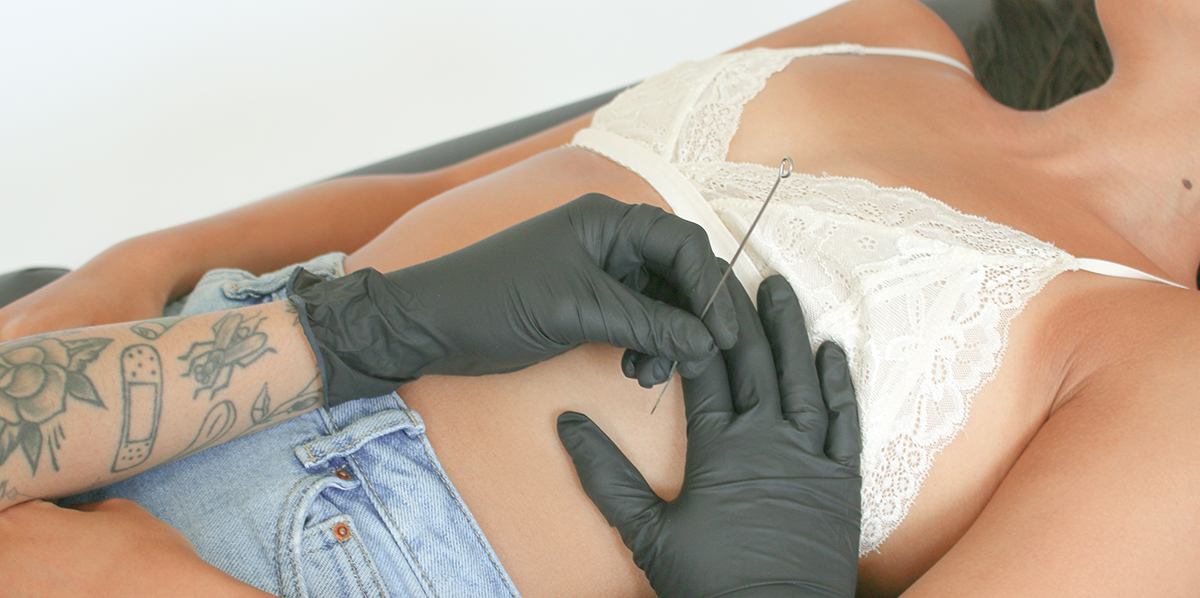Becoming a tattoo artist requires more than just a love of tattoos. If you want to get started as a tattoo artist, get an education in the arts and start building a portfolio of drawings. When you’re ready, use your portfolio to find an apprenticeship with an experienced tattoo artist and learn the finer points of the craft.
Get an arts education
The process of becoming a tattoo artist starts far before you pick up a tattoo machine. First, you have to train as an artist. Any tattoo shop where you might apprentice will expect you to have artistic skill. In other words, they won’t teach you how to draw.
Even if you have been sketching for years, your art will benefit from some formal education. Sign up for an art class at your local community college or art gallery. If you haven’t gone to college already, consider going to an art school or majoring in art. This will allow you to practice with multiple mediums and study to perfect the basic techniques. Even if you aren’t practicing with a tattoo machine, mastering the basics of shape and form will benefit your career.
Beyond practicing your art skills, there’s another reason you may need an art education: most states require a high school diploma or GED for tattoo artist certification.
Build your portfolio
While you’re on the hunt for an apprenticeship, you’ll need to build up a portfolio. Even if you have already done tattoos—you shouldn’t have!—don’t include them in your apprenticeship portfolio. Since you haven’t trained as a tattoo artist yet, your inexperience will be apparent to any serious tattoo artist. An amateur tattoo portfolio may also tell your potential mentors that you already bad habits as a tattoo artist that will require extra training to fix, making you more of a time investment than you’re worth. It also shows a lack of respect for the profession, something you definitely want to avoid.
Instead of amateur tattoos, compile a portfolio of 25 to 100 original drawings. These should be inked and colored, not unfinished pencil sketches. They have to show polish, creativity, and that you’re committed to your work. Make sure you include a wide variety of subjects, from traditional nautical tattoos, cartoons, and flowers, to live-like renderings of people and objects or whatever you would like to specialize in. Bind all of your drawings in a professional-looking, hardback or leather-bound portfolio, with each drawing inside a sheet protector.
Find a mentor, and complete an apprenticeship
Get to know the tattoo artists in your area, and ask around to see who would be willing to take on an apprentice. The best way to make a good first impression on your potential mentor is to show up to their shop in person. Go at a time when the shop isn’t busy. Bring your portfolio and introduce yourself. Most tattoo artists who are looking for an apprentice tend to choose artists whose styles match their own. Make sure that the artist you choose is properly certified, and the shop has a good history. You want to learn good habits from artists with consistent return clients, so the health, safety, and atmosphere of the shop is key.
Apprenticeships can take as long as three years, and you may not get much practice tattooing at first. You may have to pay for your apprenticeship, too. This will help compensate your mentor for their time. It will also replace the supplies they use teaching you. Some shops will let you work doing menial tasks, like cleaning or paperwork, in exchange for the learning opportunity. Even if you don’t have to pay, don’t quit your day job. Tattooing won’t pay your rent at this stage.
During your apprenticeship, you will work up to practicing tattooing on customers. Even though they will be paying, it will be much less than for an experienced artist, and the money will go toward compensating the shop for its supplies. You may do as many as 100 of these tattoos while you’re working up to certification. If you can’t find anyone willing to subject themselves to your less-trained needle, friends and family members may make the perfect guinea pigs, so remember to ask around for test subjects while you’re in training.
Pass your certifications
Certification requirements vary by state. Some states—such as Arizona, Illinois, and Louisiana—do not require tattoo artists to obtain licenses. Other states like Florida and Hawaii have specific tattoo artist licenses that are managed by the state-level board of health.
Most states require apprentice tattoo artists to log a certain number of hours, pass a health and safety course, or achieve a certain score on a tattooing hygiene exam. Your mentor will know the particular requirements for your state. You can also find most of the information you will need on your state’s department of health website.
After you’re certified as a professional tattoo artist, you can start taking paying customers. You may be able to stay at the shop where you apprenticed, or you can strike out on your own.

